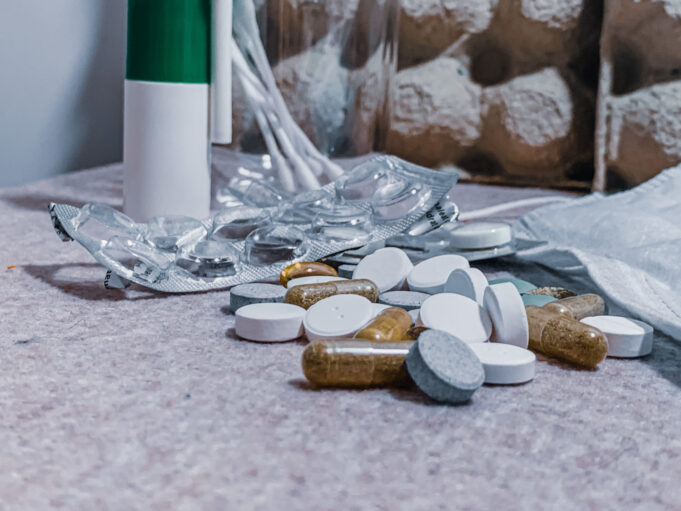Water treatment professionals are increasingly dealing with
a relatively new rival to traditional pollutants: the presence of both legal
and illegal drugs in water systems. Recent investigations have revealed that
substances such as fentanyl, methamphetamine, cocaine, and a range of
pharmaceutical active compounds (PhACs) are increasingly contaminating aquatic
environments, posing significant risks to human health and ecological systems.
In San Francisco, a novel wastewater testing program has
provided unprecedented insights into the city’s drug usage patterns, revealing
alarming levels of potent substances like fentanyl and methamphetamine in local
wastewater. This initiative, which began in November 2023, marked the city’s
worst year for overdose deaths, with 806 fatalities attributed to accidental
overdoses. By analyzing wastewater samples from various city locations, health
officials aim to monitor drug supply and use trends, thereby enabling more
effective public health responses. This method of surveillance, which was also
employed during the COVID-19 pandemic, underscores the evolving strategies
cities are adopting to address public health crises.
Meanwhile, Las Vegas has encountered similar issues, with
water scientists detecting increased concentrations of party drugs and
medications in the water following major events like the Electric Daisy
Carnival and the NFL draft. These findings are particularly concerning given
the city’s reliance on recycling all indoor water, including sewage, to
mitigate the effects of the ongoing megadrought in the West. While the
treatment processes in Southern Nevada are deemed effective in removing these
drugs from the water, the long-term ecological impacts, especially on fish and
marine life, remain a source of concern.
PhACs, identified as emerging micropollutants, originate
from various sources, including the pharmaceutical industry, hospitals, and
agricultural runoff. Found in concentrations ranging from nanograms to
micrograms per liter in wastewater treatment plant effluents, PhACs can cause
acute and chronic harm to wildlife. Addressing this issue, wastewater treatment
technologies such as bioremediation, adsorption, and advanced oxidation
processes have been explored for their efficacy in removing PhACs. Notably, membrane
bioreactors (MBRs) have shown removal efficiencies of up to 99%, presenting a
promising solution for minimizing pharmaceutical pollution.
The advent of these pollutants in water systems highlights
the need for innovative treatment solutions that can address a wide range of
contaminants, including novel drugs and PhACs. As cities like San Francisco and
Las Vegas pioneer wastewater testing for drug surveillance, the water treatment
industry must adapt and evolve its technologies to combat this emerging threat.
The development of new bioremediation techniques and the investigation of
green, eco-friendly alternatives are critical steps toward ensuring the safety
and sustainability of our water resources. As water treatment professionals
continue to confront these issues, their efforts will be instrumental in
safeguarding both human communities and natural ecosystems from the adverse
effects of drug pollution.
Resources:
KQED
Review Journal
Chemosphere





